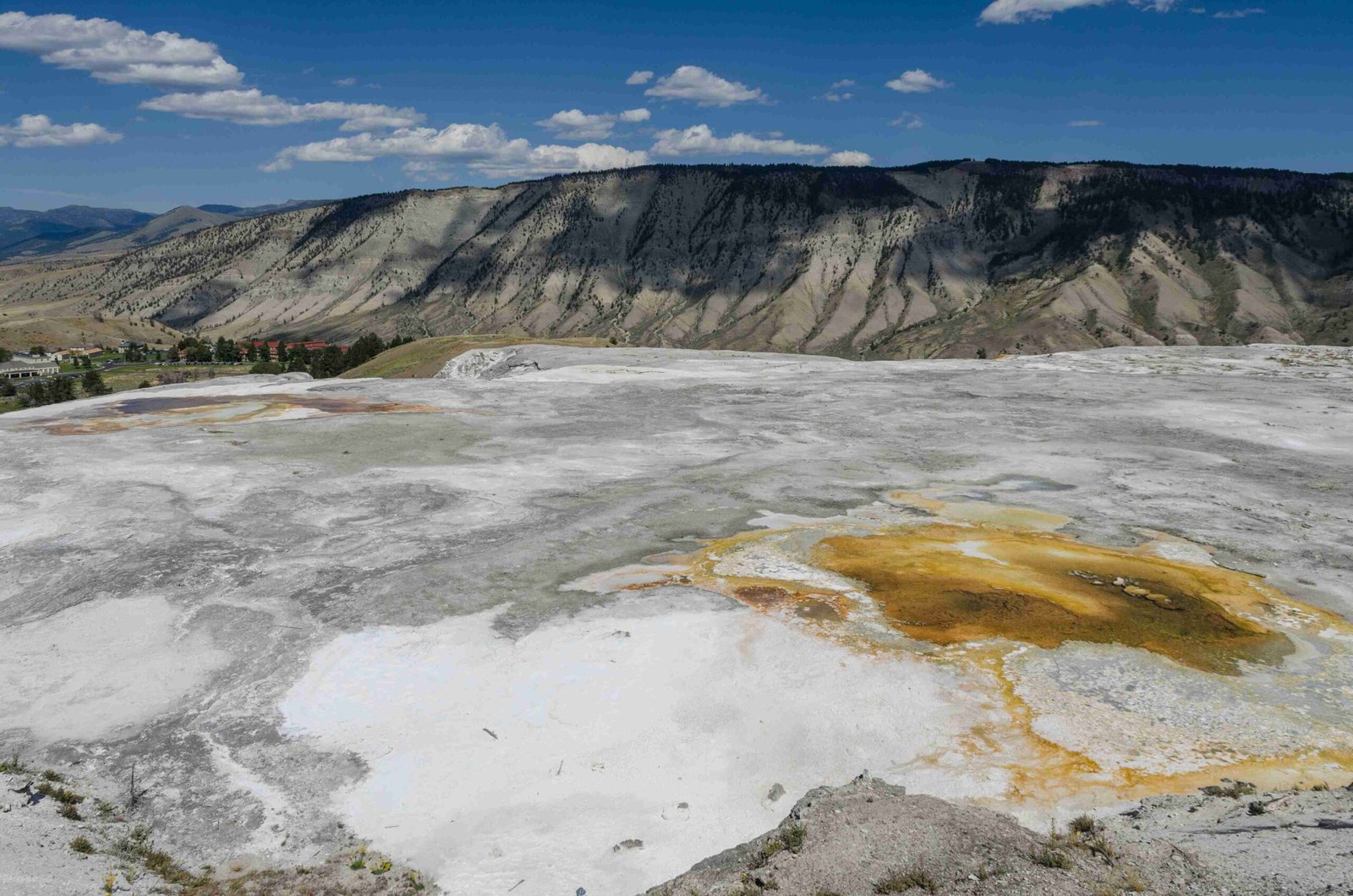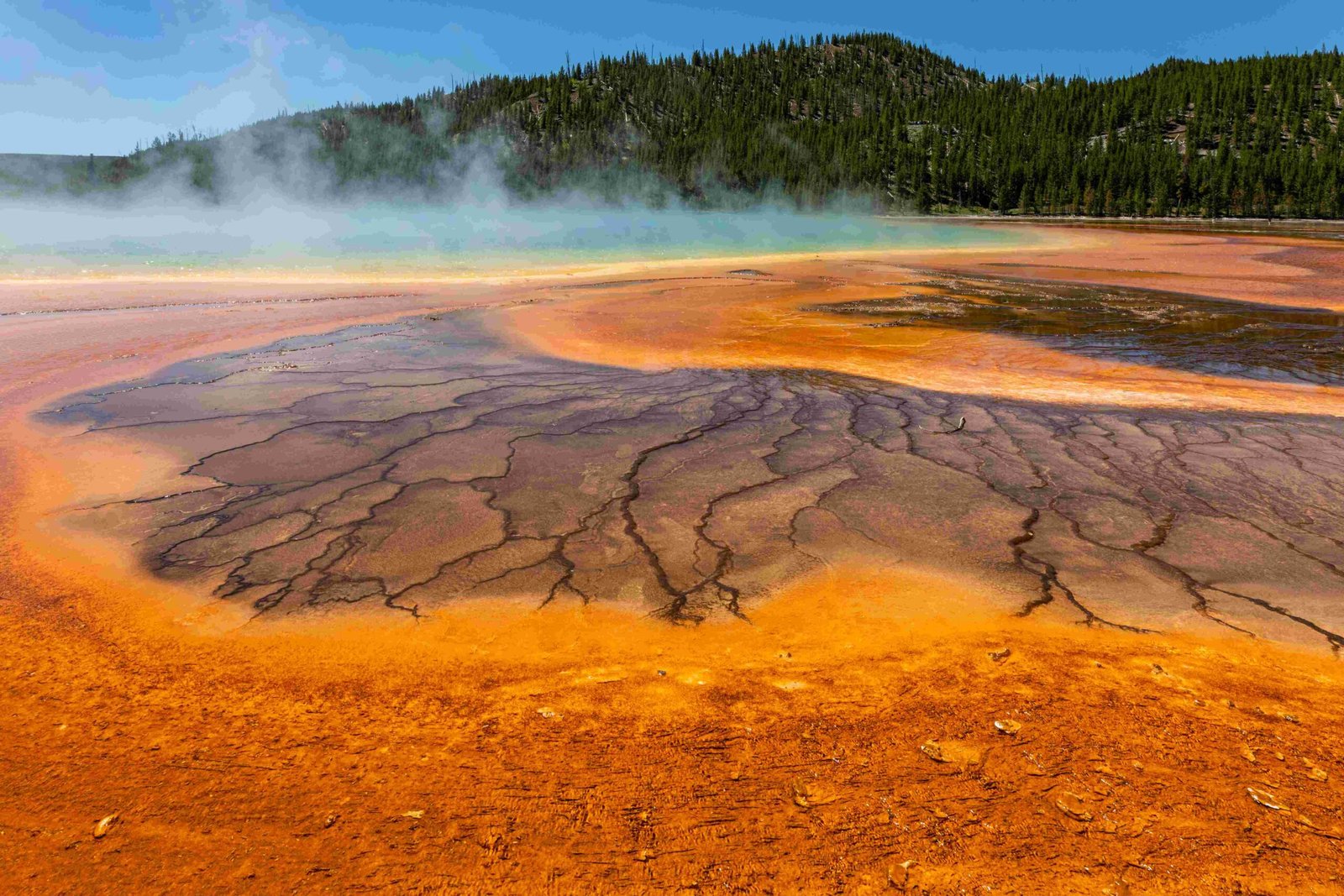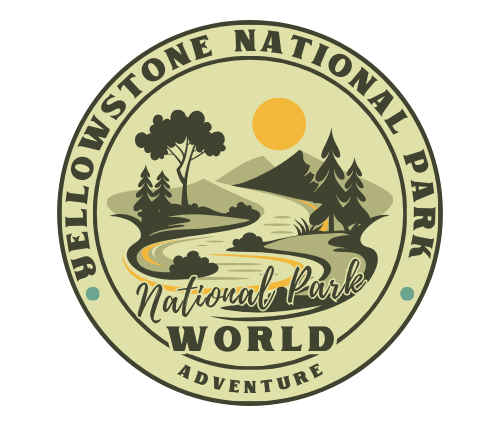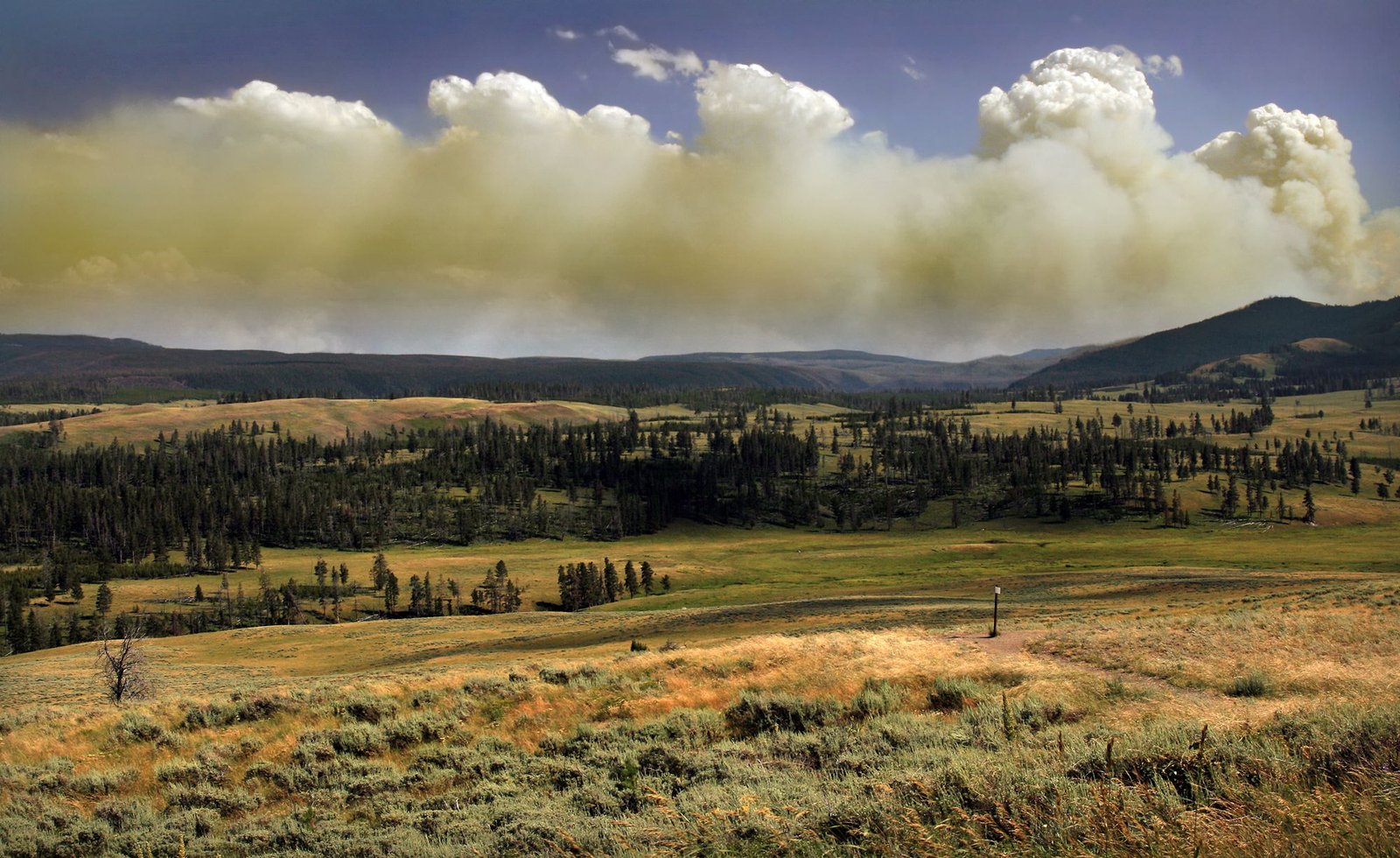The Yellowstone National Park Bear Management Plan is a comprehensive strategy aimed at protecting both bears and humans within the park. It encompasses population monitoring, conflict reduction measures, and visitor education. The plan has successfully reduced bear-human conflicts since its implementation in 1970, utilizing techniques such as bear-resistant food storage, habitat management, and strict regulations on visitor behavior around wildlife.
What Are the Key Components of the Yellowstone National Park Bear Management Plan?

The Yellowstone National Park Bear Management Plan consists of several crucial elements:
- Population monitoring and research
- Habitat management and protection
- Human-bear conflict prevention and response
- Visitor education and safety guidelines
- Interagency cooperation and coordination
Let’s delve deeper into each of these components to understand how they contribute to the overall success of the bear management plan.
How Does Yellowstone Monitor Its Bear Population?

Yellowstone National Park employs various strategies to monitor its bear population, particularly focusing on grizzly bears:
-
Population Estimates: The Greater Yellowstone Ecosystem (GYE) grizzly bear population has been closely monitored since 1975 when the species was listed as threatened. By 2014, the population had grown to an estimated 757 bears across approximately 25,038 square miles.
-
Monitoring Methods: The park utilizes several techniques to track bear populations:
- Chao2 model for population estimation (currently being recalibrated for improved accuracy)
- Remote cameras
- Field observations
- GPS collaring of select bears
-
DNA analysis from hair samples
-
Data Collection: Biologists conduct continuous data collection, producing annual reports on:
- Bear activity
- Human-bear conflicts
- Management actions taken
For example, in 2018, park officials implemented temporary trail closures, posted warning signs, and used hazing techniques to prevent conflicts between bears and humans.
What Regulations Are in Place to Reduce Human-Bear Conflicts?
Yellowstone has implemented several regulations to minimize human-bear interactions:
- Strict prohibition on feeding bears
- Mandatory use of bear-resistant food storage containers in campgrounds
- Installation of bear-resistant dumpsters and trash cans throughout the park
- Requirements for proper food storage when camping or hiking in backcountry areas
These measures have proven highly effective. Prior to 1970, there was an average of 48 bear-inflicted human injuries each year. After implementing the new management plan, this number decreased dramatically.
| Period | Average Annual Bear-Inflicted Injuries |
|---|---|
| 1931-1969 | 48 |
| 1970-Present | Significantly reduced (exact number varies by year) |
What Are the Bear Safety Requirements for Visitors?
Yellowstone National Park has established clear guidelines for visitors to ensure their safety and the protection of bears:
- Food Storage Regulations:
- Store food and attractants in bear-resistant containers
- Hang food at least 10 feet off the ground and 4 feet from the trunk of a tree
-
Use provided bear boxes in campgrounds (park aims to have a box in every campsite by 2026)
-
Bear Spray Usage:
- Each person should carry bear spray
- Keep bear spray readily accessible
- Know how to use bear spray effectively
-
Carry bear spray even on short hikes
-
Maintaining Safe Distances:
- Stay at least 100 yards away from bears
-
Make noise while hiking to avoid surprising bears
-
Proper Waste Disposal:
- Use designated bear-proof garbage containers
- Pack out all trash when in backcountry areas
How Does Yellowstone Assess Bear Behavior and Visitor Impact?
Yellowstone uses various metrics to evaluate bear behavior and the impact of visitor activities:
- Bear Behavior Metrics:
- Frequency of bear sightings
- Presence of bear signs (tracks, scats)
-
Bear responses to human presence
-
Visitor Impact Assessment:
- Monitoring of food storage compliance in campgrounds
- Tracking incidents of bears obtaining human food
- Evaluating effectiveness of visitor education programs
In 2007, for instance, the park recorded 2,514 bear sighting and sign reports, providing valuable data on bear activity and distribution within the park.
What Recent Changes Have Been Made to the Bear Management Plan?
Yellowstone National Park continually updates its bear management strategies to improve effectiveness:
- Increased installation of bear boxes in campgrounds
- Enhanced visitor education through:
- Warning signs
- Informational videos
- Roving rangers conducting wildlife safety demonstrations
- Ongoing recalibration of population estimation models
- Expanded use of GPS collaring for more accurate tracking of bear movements
How Can Visitors Report Bear Sightings or Incidents?
Visitors can report bear sightings or incidents through the following channels:
- Contact the park’s bear management office
- Visit the nearest backcountry office or visitor center
- Report to any park ranger
- Use the Yellowstone National Park app (if available)
Prompt reporting helps park officials respond quickly to potential conflicts and gather important data for ongoing bear management efforts.
The Yellowstone National Park Bear Management Plan represents a comprehensive and adaptive approach to protecting both bears and humans within the park ecosystem. By combining scientific research, practical regulations, and public education, the plan has successfully reduced conflicts and promoted coexistence between visitors and the park’s iconic bear populations.

